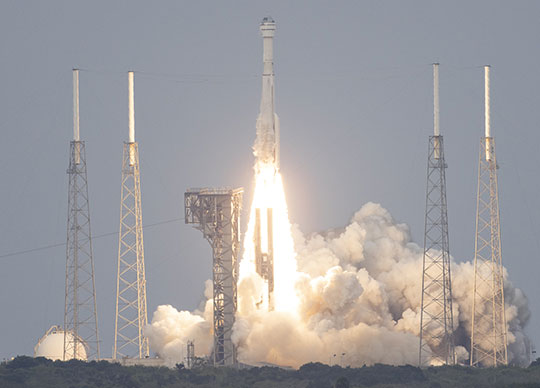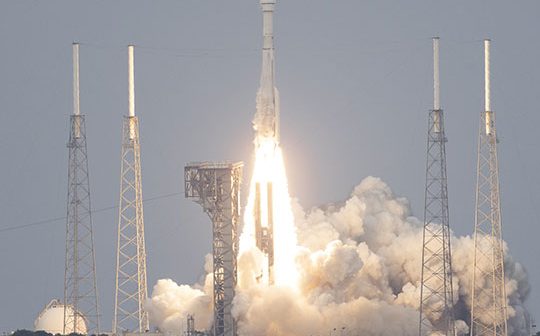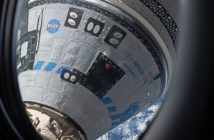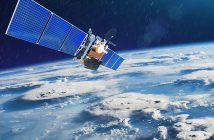
NASA and United Launch Alliance (ULA) are eyeing June 1, 2024, Eastern Standard Time (EST), to launch the first Starliner crewed flight. This is despite the discovery of some additional technical issues with the spacecraft.
Speaking to the media on May 24, NASA’s Commercial Flight Crew Manager Steve Stich said an investigation following the cancellation of the May 6 launch had uncovered the additional problems. But he said the issues were not serious enough to cause further delays.
The discovery of a malfunctioning valve in the Centaur upper stage of the ULA’s Atlas V launch vehicle saw the early May launch aborted.
“(As a result), we’ve been working through three specific issues,” Stich said. Those issues included the complexity surrounding the swap out of the malfunctioning valve, the discovery of a small helium leak in one of the reaction control system thrusters, and ascertaining the implications of that leak and what it meant for the rest of the propulsion system.
The joint NASA/ULA valve investigation determined the valve had exceeded its approved life cycle. This required returning the spacecraft to a vertical position and proceeding with the swap out. Stich says this was a “substantial activity” and was the reason for the axing of further tentative launch dates on May 10 and 17.
“What we do after a launch scrub is chafe the helium manifold valves in each of the doghouses,” he added. “We when closed that system after the launch scrub, we saw a leak in the portside manifold doghouse number two. It was a small leak – about seven PSI per minute, or about 15 cubic inches of volume.”
Once the spacecraft was back vertical, NASA cycled the manifold open to bring it up to flight pressure (about 750 pounds per square inch). Over a couple of cycles, they saw the helium leak grow to around 50 – 70 PSI per minute. “That gave us pause,” Stich said.
The investigation isolated the leak to one of the flanges on what NASA calls the P2 D2 RCS thruster. “We figured the most likely cause of the leak was a seal that seals the flange between the two metal parts of the flange, much like the seal you would have on any plumbing part in your home.”
Further structural analysis and cycling of the flange determined this was the case. The launch vehicle contains 28 thrusters, and it is designed to accommodate up to four flange leaks during a flight. Stich said understanding what caused the helium leak and its ramifications had taken some time.
The investigation also uncovered a design vulnerability in the propulsion system. “For certain failure cases that are very remote, we didn’t have the capability to perform the deorbit burn with redundancy,” Stich said.
However, NASA says these problems will not delay the planned June 1 launch. Beyond that, Boeing, who manufactured Starliner, is going to “explore options” to bring the spacecraft up to its required redundancy level. NASA has additional launch opportunities in June if the June 1 launch date does not pan out.





